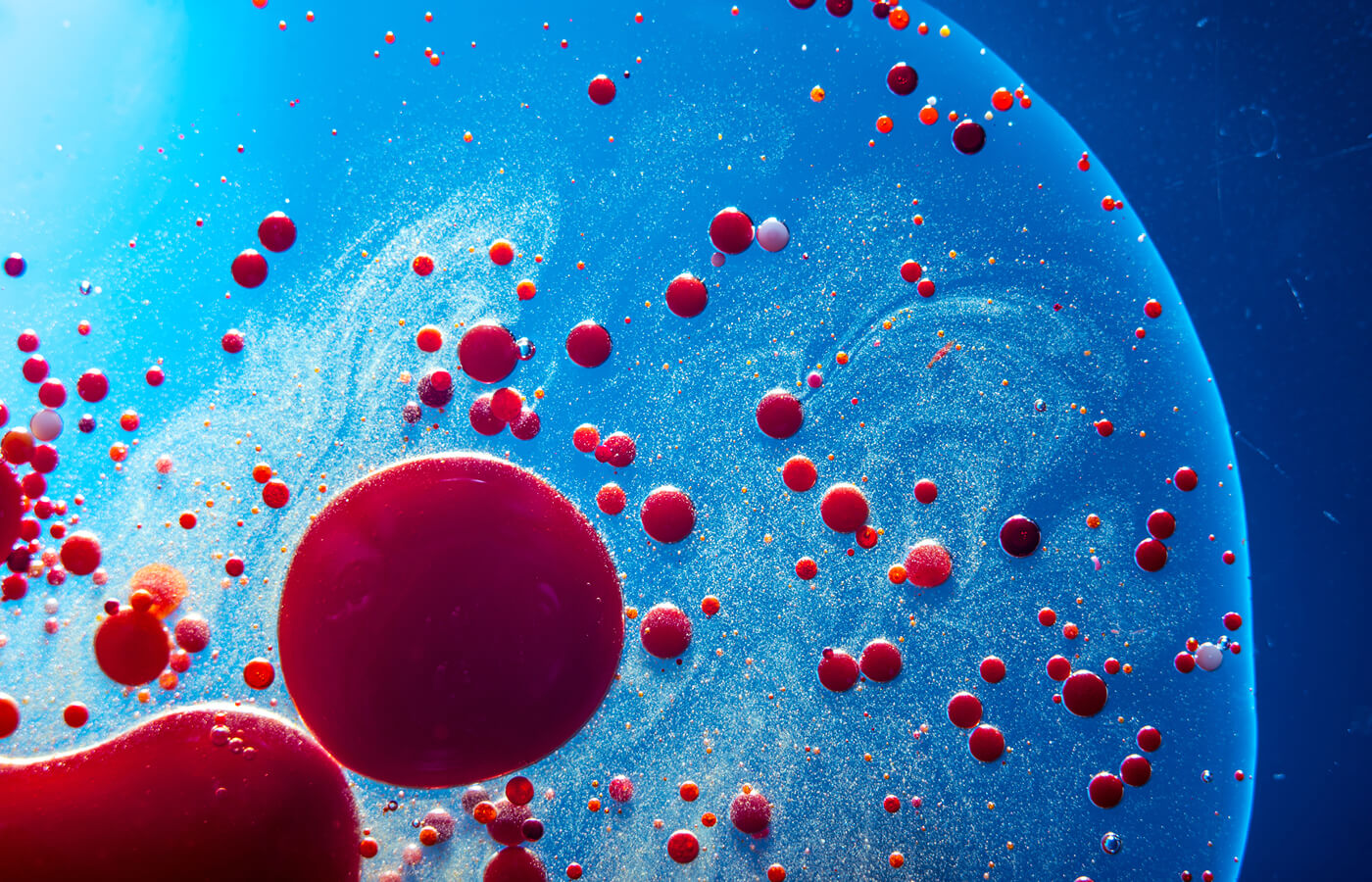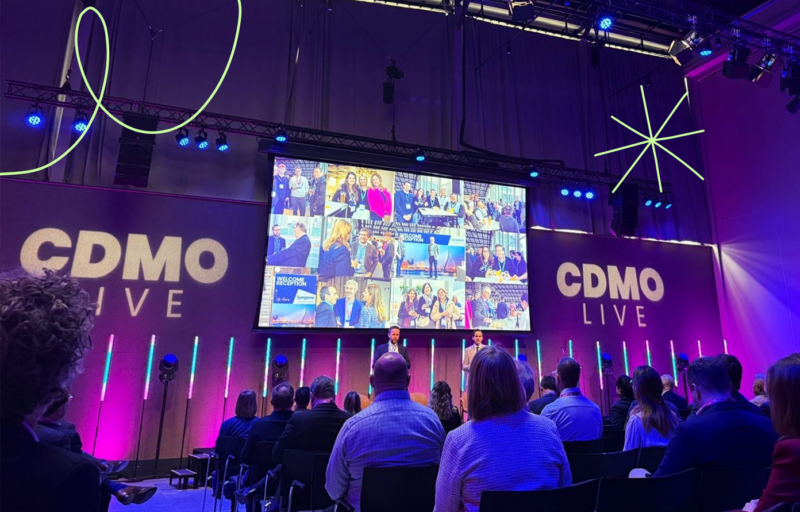blog:
When will my life science brand be famous? Part 1

Branding Series: Part One (of five)
Written by Eleanor Harms with contributions from our PR & Content team
When will my life science brand be famous?
We can’t answer that…but our Senior Commercial Manager, Eleanor Harms, can tell you a bit more about the concept of brand fame and what it means for life science companies.
In Part One (of our five part brand series), we explore what it really means to get noticed.
Really getting noticed
Getting brands noticed is fundamental to what we do every day as marketers. At ramarketing, we even made it our tagline! So what does ‘getting noticed’ actually mean in real terms? For most it’s about boosting brand awareness in the market or getting on the radar of a target audience. But there’s more to it than that.
There’s a level beyond simply knowing a brand’s name. That’s just the start. When a brand transcends being just another name on a consideration list and makes it to the top of that list, congratulations, you’re on your way to achieving brand fame.
What exactly is ‘brand fame’?
Research to define the concept says that: brands with strong brand fame are powerful, premium and iconic in their space, while also highly visible, talked about and seen as being creative¹.
These types of brands are easy to spot in the consumer sphere, think Apple, McDonalds, Nike and all those brands that occupy a clear space in our consumer consciousness. They’re probably the first ones you think of when asked about their categories and you’ll have no trouble recalling their most famous ad campaigns.
How does it differ from brand awareness?
‘Isn’t that just really good brand awareness?’ I hear you ask. Well, not exactly. If you are simply aware of a brand, it will come to mind when you’re considering a purchase along with other names in the category. The key question is, which brands come to our mind first? Which brands evoke the strongest emotional responses?
The consumer brands mentioned above often come to mind first. For most people, they evoke a response on a deeper level: childhood nostalgia, a memory, a sense of familiarity, a funny story. These are the brands that move us in a way that others don’t.
The salience of salience
To put this more clearly: the main difference between brand awareness and brand fame is the level of salience. Brands with more salience enter buyers’ minds in a much stronger way and evoke memories and associations much quicker – that funny advert, that colorful poster, that catchy jingle. All of this then influences their purchasing decision. As salience increases, so does a brand’s influence, and the brands that have nailed brand fame take salience to a whole new level.
Why does this matter in the life science sphere?
You may wonder how any of this is relevant in B2B and the life science space. A biotech brand may not elicit childhood nostalgia but that doesn’t mean it’s not possible to create brand campaigns that make a more profound and long-lasting impression on the intended audience.
Research by the B2B Institute² has shown that brand fame as a campaign objective can yield powerful results in a B2B context. According to its case study review, B2B campaigns that focused on ‘fame’ – getting the campaign noticed, shared and talked about – outperformed campaigns with other brand goals, such as awareness, by a significant margin.
The life science space isn’t exactly known for viral emotive campaigns that get everyone talking, preferring to focus on rational messages and functional content. But maybe it’s time to shake things up?
The pandemic effect
Since the advent of the pandemic, it’s fair to say that there are new standards of brand marketing at play. Many B2B and life science brands were forced to find new ways to stand out as digital channels became swamped with similar messaging and tactics. Relying on the same old functional content no longer worked when the world was living in such unprecedented times and what mattered wasn’t necessarily saying something different, but getting people to pay attention.
LinkedIn’s marketing blog cited 2020 as the biggest creative experiment in history³, celebrating the shake-up in approach after noting that B2B’s focus on rational content wasn’t registering emotionally with audiences. They point to research from Binet and Field that showed B2B businesses are more profitable when they invest in building famous brands rather than distinctive messages*.
So how can I achieve greater brand fame in the life science space?
When considering strategies for achieving brand fame in life sciences it’s a good idea to go back to the elements included in the definition above: highly visible, talked about and seen as being creative.
1 https://www.clearchannel.co.uk/latest/brand-fame-uncovered-storm-unveils-landmark-research-on-brand-fame-in-dooh
2 https://business.linkedin.com/content/dam/me/business/en-us/amp/marketing-solutions/images/lms-b2b-institute/pdf/LIN_B2B-Marketing-Report-Digital-v02.pdf
3 https://www.linkedin.com/business/marketing/blog/content-marketing/2020-was-the-biggest-creative-experiment-in-history-heres-what-we-learned
* https://www.marketingweek.com/majority-b2b-creative-ineffective/
Related news, insight and opinion





